CiA and international standardization

CiA is committed to support international standardization within ISO (International Standardisation Organization) and IEC (International Electrical Committee) as well as the European standardization bodies (CEN and CENELEC). CiA also accompanies national standardization on request.
Additionally, CiA co-operates with other nonprofit associations in the development of CAN-based specifications, recommendations, and guidelines, especially with JasPar in respect to CAN FD and CAN XL design recommendations. This includes reviewing of documents published by those organizations.
CiA representatives participate in many of the CAN-related standardization activities by the above-mentioned international standardization bodies. CiA is also committed to submit on request its documents to them. CiA staff attends also CAN-related committees and task forces by SAE International.
The following list of standards and specifications does not claim to be complete.
Generic CAN-related standards
- Generic CAN data link layer standards:
- ISO 11898-2 and ISO 16845-1
CAN data link layer and conformance test plan
- Generic CAN physical layer standards:
- ISO 11898-2 and ISO 16845-2
High-speed physical media attachment sub-layer and conformance test plan - ISO 11898-3 (not recommend for new designs)
Fault-tolerant, low-speed physical media attachment sub-layer - SAE J2411 (not recommended for new designs)
Single-wire CAN transmission
- Generic CAN-based higher layer standards:
- EN 50325 series
CANopen and CANopen Safety Application layer and communication profile for embedded networking - SAE J1939 series
Application layer and communication profile for commercial vehicles and diesel engines
Application-specific standards
- Road vehicles:
- DIN 4630/DIN 14704
J1939- and CANopen application and interface profiles for commercial vehicle body applications - DIN 14700
CANopen-based application profile for fire-fighting vehicles - EN 16815
CANopen-based application profile for refuse collecting vehicles (CleANopen) - EN TR 13149 series
CANopen-based passenger information system for public transportation - ISO 11992 series
J1939-based application profile for linking towing and towed vehicles - ISO 14299-3
Unified diagnostic services (UDS) on CAN - ISO 15765 series
Transport and network layer for diagnostics - ISO 16844 series (tachograph)
J1939-based tachograph application profile for commercial vehicles - ISO 26021 series
Application profile for pyrotechnical devices - SAE J1939DA
Application profile for commercial vehicles - SAE J2285 series
CAN/CAN FD device and network recommendations for passenger cars
- Off-highway and off-road vehicles:
- ISO 11783 series
Application and communication profile for agriculture and forestry machines
- Rail vehicles:
- IEC 61375-3-3
CANopen usage in train-sets
- Industrial automation:
- IEC 61800-7-201/301
CiA 402 CANopen device profile for drives and motion controllers - IEC 61915-2
Generic device profile for low-voltage gear switches (basis for CiA 442 CANopen motor starter profile) - IEC 62026-3
Devicenet application layer and communication profile for industrial automation - Euromap 27 series
CiA 420 series of CANopen profiles for extruder downstream devices
- Energy management:
- IEC 61851-3 series
CiA 454 CANopen application profile for energy management systems
- Marine applications:
- IEC 61162-3
NMEA2000 application profile for navigational equipment
- Offshore equipment:
- ISO 13628-6
CiA 443 CANopen application profile for subsea trees (partly)
- Airborne:
- SAE ARINC 825/826
Application layer and communication profile for airborne
- Satellites:
- ECSS-E-ST-50-15C
CANopen-based communication profile for spacecraft onboard networks
Standardization bodies
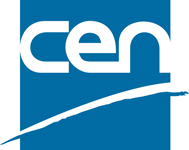 |
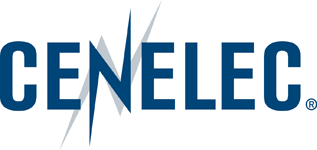 |
|
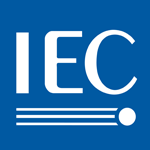 |
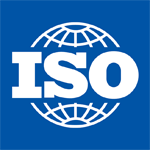 |
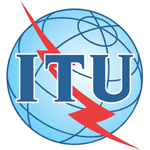 |
CiA cooperates with others
CiA also cooperates with other nonprofit organizations to develop jointly CAN-based solutions. With Profibus International a CANopen interface profile for Profinet-I/O has been released (CiA 309-4). The CiA 420 series of CANopen profiles for extruder downstream devices jointly developed with Euromap has been published since many years. In cooperation with the EnergyBus association, CiA members specify the above-mentioned CiA 454 profile also suitable for light electric vehicles including pedelecs and e-bikes. Additionally, CiA and JasPar cooperate in the development of CAN FD design recommendations for devices and networks.